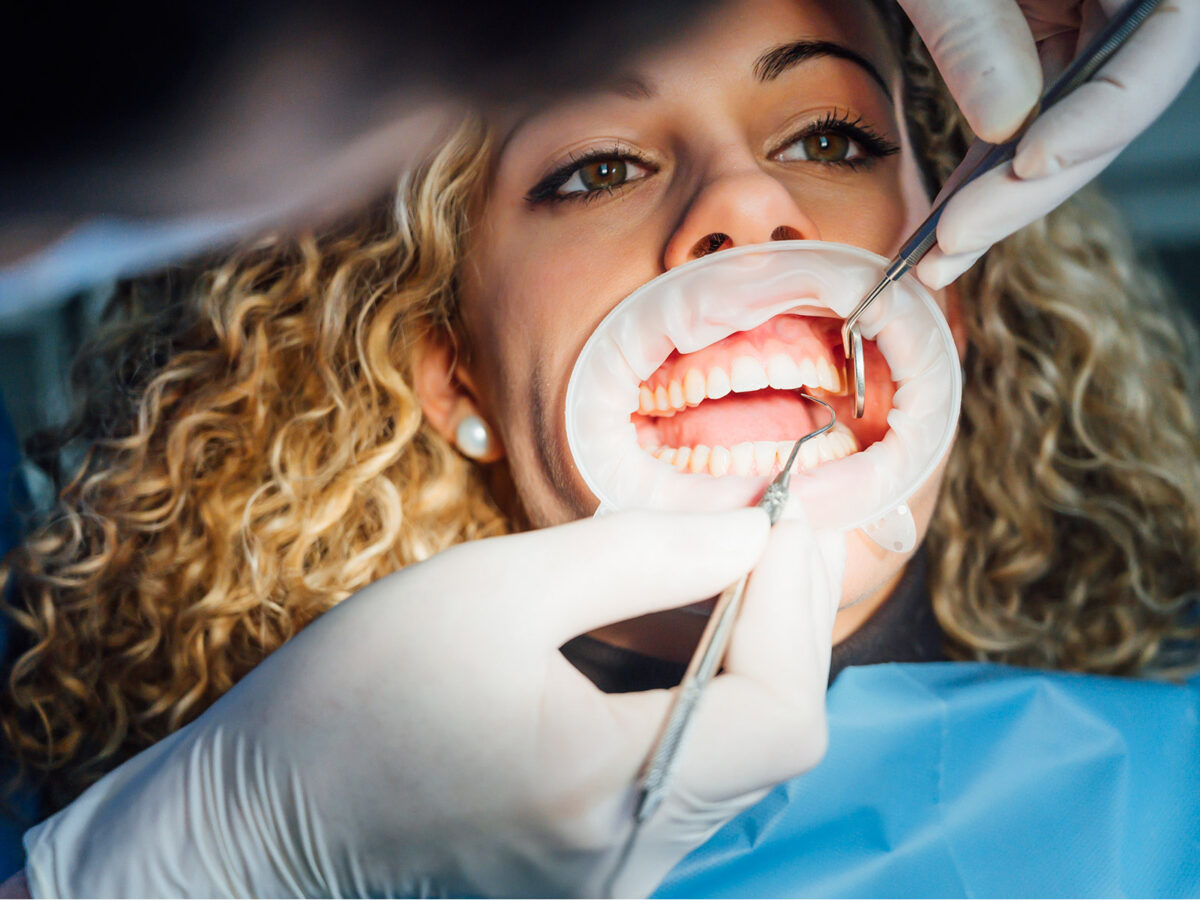Oral hygiene is a part of a more significant spectrum of health. You need to understand its significance and take care of it accordingly. If not, it leads to much bigger problems like gum recession, hypersensitivity, cavity and many other unpronounceable medical terms.
Many times, in a hurry to get started with the day, you can brush your teeth too aggressively, or sometimes you forget to brush your teeth in the night. This practice leads to many serious problems. One of them is an exposed root of a tooth.
What is an exposed root?
Gums are protectively attached to your teeth. These gums can start to recede due to simple reasons like intense brushing, poor oral hygiene, or it could be caused by bruxism; i.e., tooth displacement. Another primary reason can be a gum disease, medically known as a gum recession or periodontal disease. The gum tissues slowly fade away wearing down the gum, exposing the roots of the tooth. An exposed root if left untreated and cause unidentified is an invitation to many other dental issues.
Why should you take care of an exposed root?
One of the most common oral diseases which follows gum recession is tooth sensitivity. Tooth sensitivity increases simultaneously with gum recession. The severity of tooth sensitivity calls for a treatment as soon as possible. The gum disease can also lead to inflammation in the gum and aesthetic or functional deficiencies. You need to get them treated immediately before it gets severe and costs you big bucks and discomfort.
How can you treat it?
Since gum recession involves wearing off the gum tissue, the treatment requires covering up the exposed portion. Gum grafting or gingival grafting is the procedure applied for the same. It helps in restoration of gum tissues and treating exposed roots. There are three ways to go about this procedure.
- Pedicle graft: In this procedure, the dentist takes tissue for replacement near the area of treatment. A flap is partially cut and is stretched over to the exposed area.
- Free Gingival graft: Under this, a flap of tissue is taken from the palate or the roof of the mouth. It is then stitched over the exposed area.
- Connective tissue graft: This is a much more complicated process than the other two. At first, a flap of tissue is taken from the roof. The connecting tissues are removed and then stitched over the exposed area.
The kind of procedure a patient needs depends on the extent of the exposure of the roots.
How to prevent it?
The primary aspect is to take good care of your oral hygiene. It prevents any gum disease, which is the reason for exposed roots, followed by tooth sensitivity.
- Make a habit of brushing at least twice a day with a soft-bristled brush and lighter chemical formula toothpaste to avoid sensitivity and gum recession.
- Floss every day followed by a thorough rinsing of the mouth with a mouthwash.
- Avoid sugary and acidic food for healthier teeth.
- Last but not least, don’t forget to visit your dentist regularly to keep a tab on your oral health.
A Simple set of a few practices done right avoids you suffering from severe dental issues and undergoing elaborate and expensive dental surgeries.
Book an Appointment to find out which treatment might be best for you.


